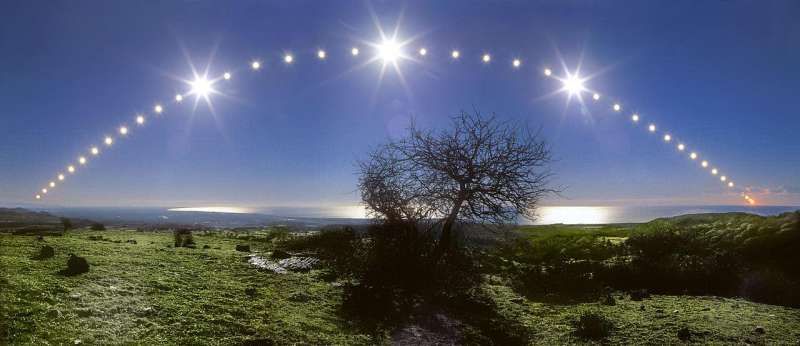Today is the summer solstice
Last reviewed: 16.10.2021

All iLive content is medically reviewed or fact checked to ensure as much factual accuracy as possible.
We have strict sourcing guidelines and only link to reputable media sites, academic research institutions and, whenever possible, medically peer reviewed studies. Note that the numbers in parentheses ([1], [2], etc.) are clickable links to these studies.
If you feel that any of our content is inaccurate, out-of-date, or otherwise questionable, please select it and press Ctrl + Enter.

Lita from the Anglo-Saxon dialect is translated as "the longest day of the year". In the Celtic peoples of Britain, the very time of the celebration of the Summer Solstice speaks of its past connection with the cult of the sun. Therefore, the basic rites and rituals are similar to the same complex of rituals of the winter solstice on December 21.
The Celts, with both days, have many beliefs about an allegedly powerful evil spirit on the night of the solstice. The central place in the celebration of these days is occupied by various forms of ritual lights.
A big role in the rituals, timed to these two dates, is played by greenery - green branches, flowers, even trees, in some rituals of the winter and summer holidays there are motives for marriage, family well-being.
The connection with the cult of the sun was also common among Scots, the custom of rolling from the mountains or steep river cliffs wheels, wrapped in straw and lit. Sometimes at the same time they guessed: if the wheel burned all the time while rolling, then they believed that the harvest would be good.

According to the Celts, a fern had a mysterious magical significance in this period of full bloom of all nature: at midnight it seemed to blossom for a short moment. The daredevils went to the forest at midnight to see the fern flower and collect its seeds. Such hikes were considered very dangerous, as this plant was vigilantly guarded by fairies and various evil forces. The one who still managed to get the seeds could supposedly become invisible and watch the dances and fairies play on this magical night.
The Scots also considered fern seeds to be the most effective against evil spirits. From the unclean force, the elderberry berries collected this night and the birch twigs nailed above the doors and above the gate helped. Birch played a significant role in the rituals of the summer solstice of all Celtic peoples.
In the traditions of the summer solstice, many family-marriage motifs are intertwined. On the night of June 21, many wondered. Fortunetellers and girls, and guys, often using for this purpose, various flowers and plants (most often St. John's wort), and sometimes any objects. In Scotland that night, the beloved gave each other an oath of allegiance, a violation of which was considered a crime. Such an oath was pronounced either near the megalith stone, or near the revered source and fastened it with a handshake.
Most of these practices of the summer solstice have already been lost, but today in many places in the British Isles, June is considered the most suitable month for marriages.
